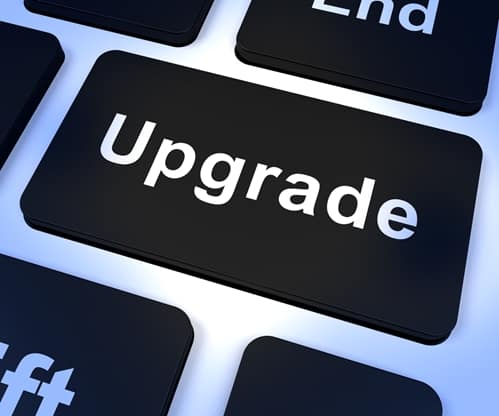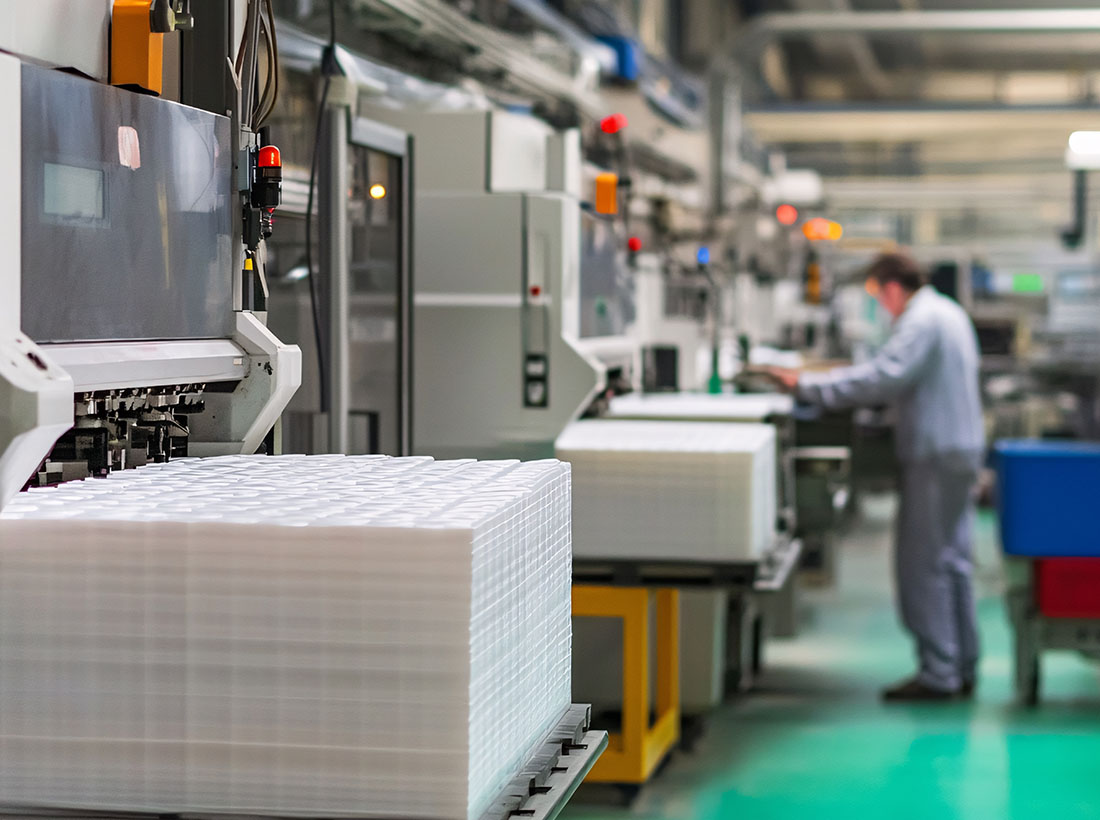When’s the right time to switch to a new ERP system?

Upgrading ERP is essential when legacy systems can't support modern needs or business growth, requiring expert guidance for success.
Enterprise resource planning systems convey a wide range of business benefits that help companies of all sizes in many different industries boost performance, create savings and increase revenue. ERP software has a long shelf life and, with the right approach to software updates and other maintenance, can last for a long time depending on the needs of a given company. However, there comes a time when the cost of maintaining a legacy ERP platform becomes too much of a burden. Eventually, no matter which platform is involved, support from the software developer ends and companies spend too much time and effort trying to develop customized fixes or workarounds to compatibility problems.
So how can businesses tell when it’s time to upgrade to a new ERP system? Here are a few major indicators to be aware of.
Compatibility and interface issues
Companies using an older ERP platform understand that they won’t derive some of the more modern benefits that a brand-new system provides to organizations. Options and abilities such as remote access, mobile device compatibility, data sharing across different facilities and other concerns may not be available. These advantages, in and of themselves, often spur organizations onward to make a switch and install a new ERP system in place. The lack of the most current benefits often encourage decision-makers to make the move to new ERP.
There’s a related yet distinct aspect for companies to consider when it comes to compatibility and interfacing, however. In many industries, bring-your-own-device policies have become common. Smartphones and tablets are brought onto the shop floor, into the field and back to the homes of employees at the end of the day. As businesses begin to understand the benefits of using mobile devices, they become more of a necessity and their use throughout an organization grows. Businesses moving into this realm will have trouble deriving the full benefit with a legacy ERP system.
Finally, there are compatibility issues as the technological infrastructure of an organization is updated. When a company upgrades or replaces internal technology, the problem of integrating different systems reappears. Organizations that upgrade their servers or switch to a new operating system often have trouble porting their legacy ERP software over to a new platform.
Business growth and diversification
Another major area where older ERP systems can suffer or produce substandard results is when a business decides to grow or expand. While an old ERP platform is often capable of functioning relatively well when a business doesn’t experience significant change or expansion, that can soon end with the opening of a new facility or decision to enter a new market. This is true for companies that are expanding their current facilities as well as growing geographically and creating physical distance between different offices or factories. A major alteration in the way a business operates is often enough to throw a legacy ERP system out of order, as it may not be able to support the new or different functions required by a company.
Finding the right fit
Once an organization realizes that it has to upgrade its ERP platform, the process has just begun. There are many aspects to operations that need to be addressed and an implementation team has to be formed. Companies also need to seek out a reliable ERP partner who can help guide them toward the best fit among the many different systems available on the market. Companies that can work with their partners often have the most positive experiences and lasting successes when it comes to a new system.


